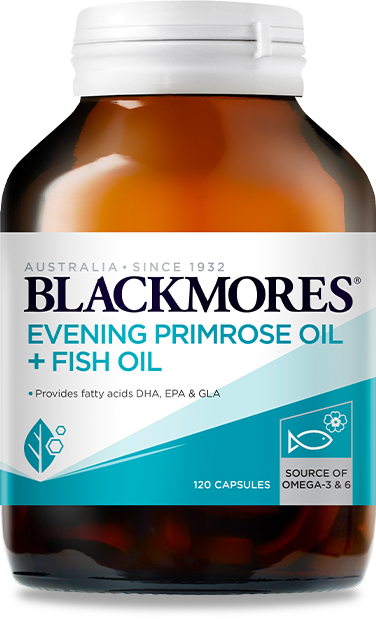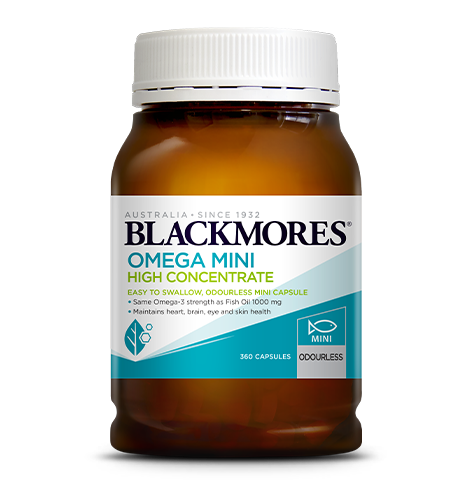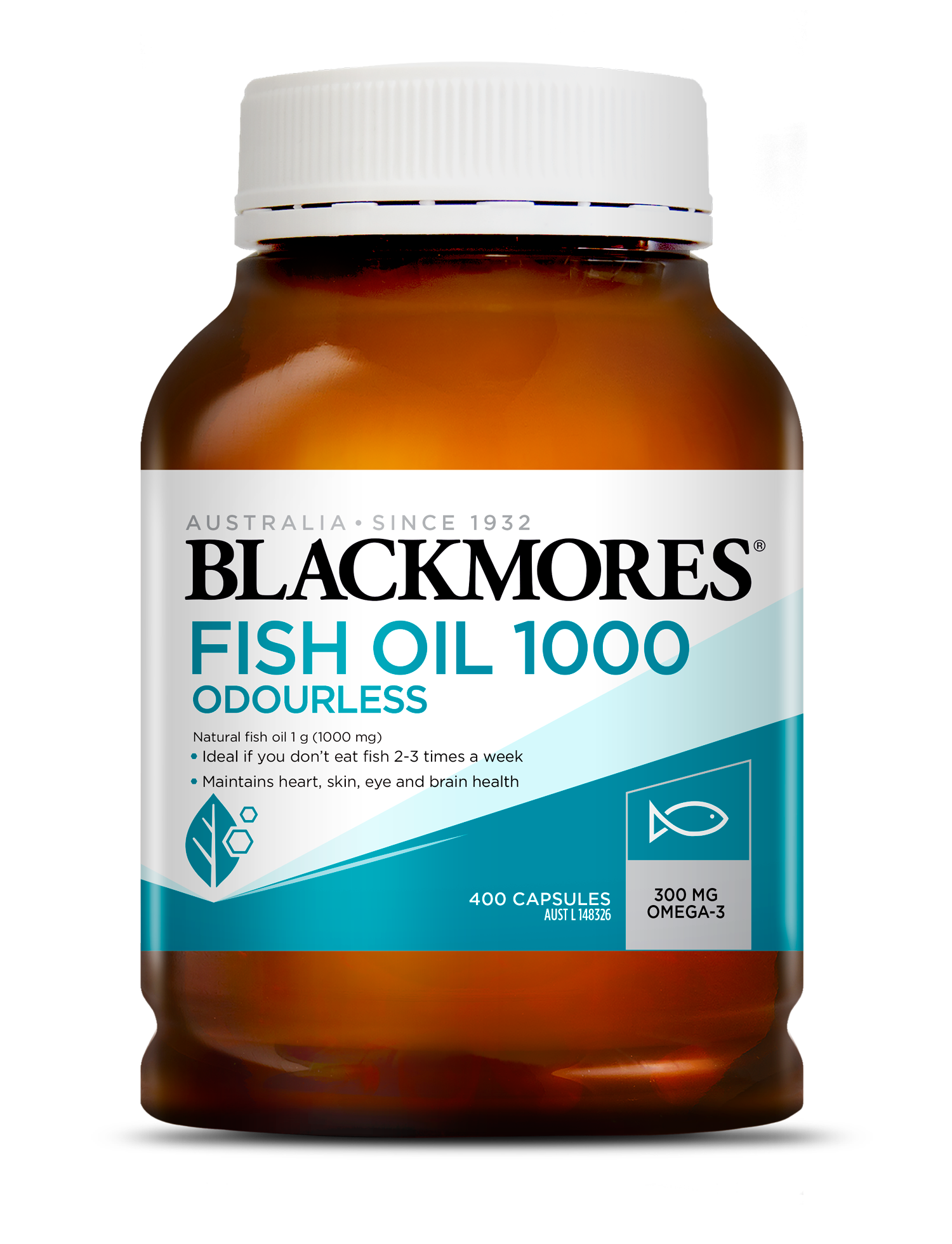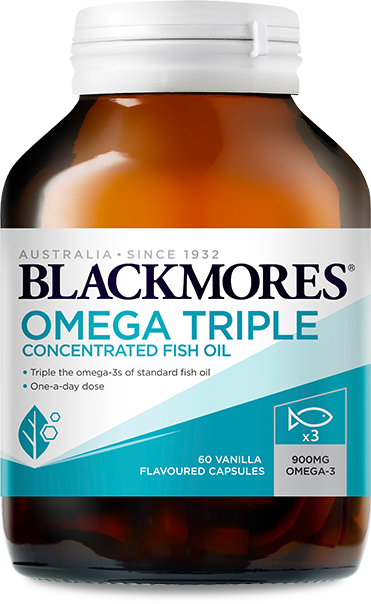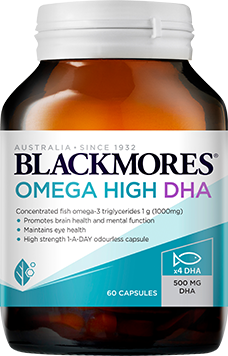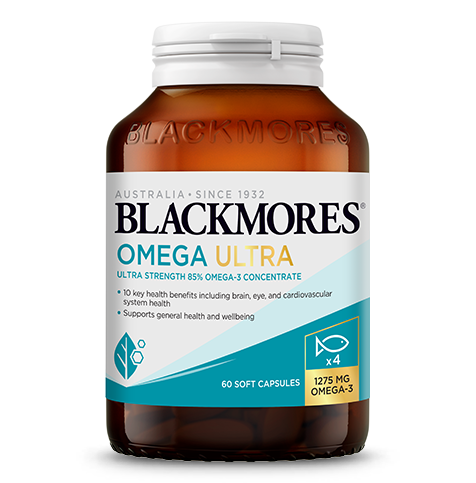What are omega-3 fatty acids?
We hear over and over again that fish oil is good for us, good for the skin, heart, joints and more. But what is it about fish oil that makes it so important? The answer is omega-3.Omega-3 fatty acids support eye, brain and nervous system function and need to be consumed through diet, as the body cannot make them.
Three types of omega-3
There are three omega-3 fatty acids: EPA, DHA and ALA. ALA can be found in plant oils such as flaxseed, walnut and wheat germ as well as in nuts, seeds and fruits.Our bodies are able to convert some ALA into EPA and DHA but only in very small amounts, so it is recommended to eat foods also containing EPA and DHA too.
Fish and seafood are the main sources of EPA and DHA, so if fish isn’t your thing, you may consider a fish oil supplement instead.
What about vegan omega-3?
A question that is being asked more and more often is, how can vegans and vegetarians get enough omega-3?
Eating plenty of foods with ALA is certainly important for those not eating fish, so if this is you, include plenty of plant-based omega-3 foods in your diet.
Getting a balance of omega-3 and omega-6
Omega-6 fatty acids are another type of polyunsaturatead fat that also help to support heart health.However it is important to get the right balance of omega-3 with omega-6.
If you consume more omega-6 than omega-3, your body will absorb more omega-6 and less omega-3.
Omega-6 are found primarily in nuts, seeds and plant oils, such as corn, soy and safflower.
A vegetarian or vegan diet is more likely to feature foods with omega-6, than omega-3 which can make it harder to get the balance right.
The solution? Include more plant sources of omega-3 – walnuts, flaxseeds and chia. And consider adding algae into your diet. Algae is the only other organism that contains DHA and EPA fatty acids.
The benefits of eating fish
So we know we need to be getting enough omega-3 in our diet, but why exactly?It's the omega-3s in fish and seafood that have a role to play in helping us to maintain a healthy heart and healthy levels of fats in the blood.
Omega-3 in fish oil also helps to reduce mild joint swelling and inflammation and supports healthy brain performance.
How to get these fatty acids in your diet
Many foods these days are fortified with omega-3 fatty acids but it is always better to get nutrients right from their source: fish and seafood. So how much fish should we be eating?
The Heart Foundation recommends that Australians get 2-3 servings of fish or seafood each week. Surveys by the Australian Bureau of Statistics show that only 1 in 7 Australians are getting the recommended amount of lean meats and alternatives, and within this category fish and seafood consumption only accounts for 10%.
That means we could all probably do a little better when it comes to adding fish to our weekly meals.
What types of fish have the most omega-3?
Luckily for picky eaters, there are plenty of fish that have high levels of DHA and EPA fatty acids.Mackerel, trout, tuna, herring, sardines and salmon have some of the highest levels.

